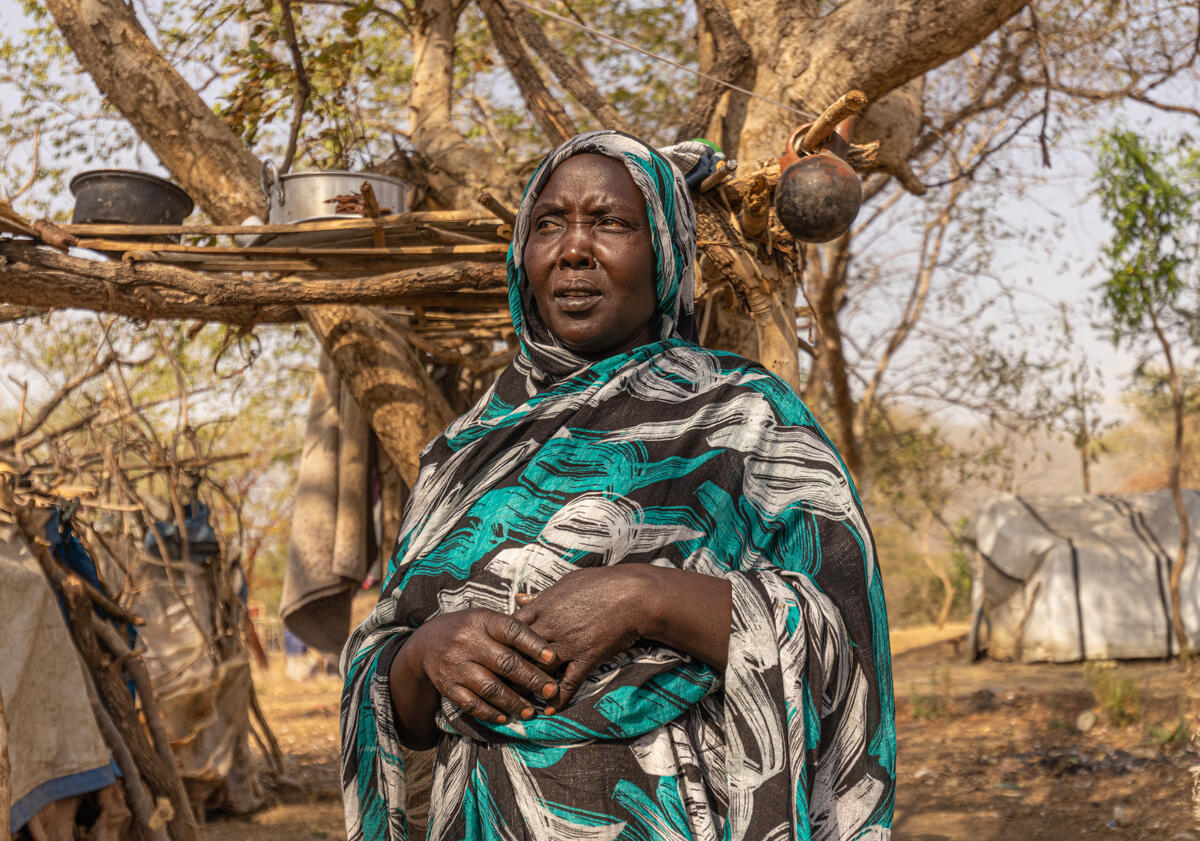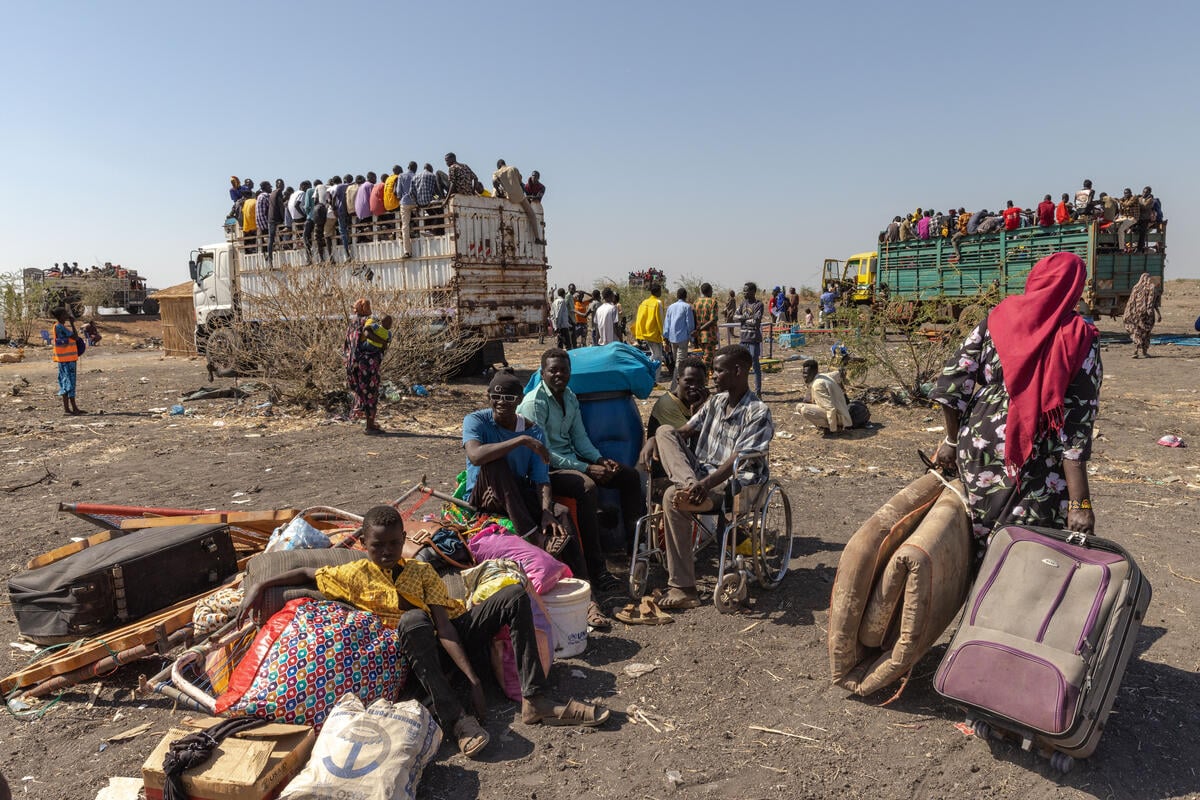More than 30,000 refugees and migrants make risky sea crossing to Yemen this year
More than 30,000 refugees and migrants make risky sea crossing to Yemen this year

GENEVA, April 26 (UNHCR) - The UN refugee agency announced on Friday that its staff in Yemen have recorded the arrival by sea from the Horn of Africa of more than 30,000 refugees and migrants since the start of the year. This compares to 33,634 arrivals over the same time period in 2012.
UNHCR spokesman Adrian Edwards told journalists in Geneva that most of this year's arrivals were Ethiopian nationals, with the rest coming from Somalia and a very small number from other African countries. "In total, and since 2006 when UNHCR began gathering data, close to half a million people (477,000) have arrived in Yemen by taking the perilous boat journey from the Horn of Africa," he noted.
Recorded arrivals in Yemen of refugees, asylum-seekers and migrants have been rising in each of the past six years. Last year, 107,500 people made the journey. Somalis arriving in Yemen are automatically recognized as refugees by the authorities, while UNHCR conducts refugee status determination for other nationals.
Yemen is frequently used as a transit point by Ethiopians looking to travel to the Gulf States and beyond. Few Ethiopians decide to seek asylum. There are many reports of mistreatment, abuse, or torture among people who make the journey by smugglers boats. Hundreds have died over the years.
Conflict and instability in Yemen have limited the ability of the authorities to address trafficking, particularly along the Red Sea coast where Yemeni smugglers and traffickers are often waiting to receive new arrivals from the Horn of Africa.
However, recently the government has been active in detecting smuggler hideouts and taking action. Last week in Hajjah governorate near the Saudi border, the Yemeni authorities stormed a number of houses operated by human traffickers and freed more than 500 Ethiopian migrants, including women and children. Many of the released Africans showed signs of torture and abuse.
"Although the authorities have been conducting similar raids since 2012, incidents of extortion, exploitation, violence and sexual abuse perpetrated against refugees, asylum-seekers and migrants are on the increase in the region," Edwards said.
Many of the new arrivals are abducted or abandoned at the coast. They make their way, generally by foot, to Haradh district in the north where they often find they are unable to continue on to Saudi Arabia. Many suffer hunger and exposure.
Yemen is a historic transit hub for migrants and stands out in the region for its hospitality towards refugees. The country hosts more than 242,000 refugees, of which some 230,000 are of Somali origin.
Out of the total number of those arriving this year, 7,518 arrived in January, 10,145 in February and 1,806 in March. UNHCR is still recording arrivals for April.








